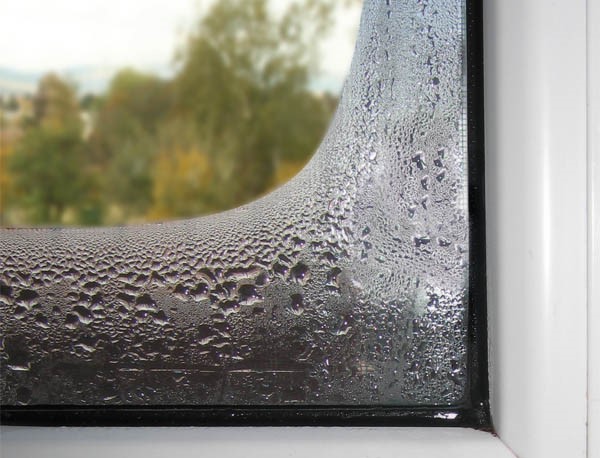If you’re experiencing condensation on your double-glazed windows, don’t panic. It could simply be that you have new double glazing that is working super efficiently or that you have underfloor heating that can cause an uptick in condensation as warm air rises. You may also have some issues with air entering and leaving your home through your roof space which is why it is important to ensure that good quality roof sealant is used, such as that you can find at https://www.ct1.com/product-applications/ct1-the-ultimate-roof-sealant/
However, excessive condensation can also be a sign that there is excess moisture inside the home, and that can have damaging consequences for your double glazing.
The causes of condensation
Double glazing prevents the loss of warm air from the inside to the outside by trapping a vacuum between two panes of glass through which the heat can’t penetrate. This helps to lower your energy bills and keep your home feeling snug. Energy-efficient windows will also help to make your home more eco-friendly.
However, the air inside your home is damper than the air outside, so when it hits a cold pane of glass, the suspended water molecules are released and deposited on the window.
The condensation problem
Condensation is bad news when it leads to the growth of mould as it damages your window seals. Once that happens, your double glazing is no longer efficient and you’ll need double glazing replacement to keep your home warm and energy efficient. Condensation is also a sign of excess moisture in the home that can lead to damp problems.
Reducing condensation
The ideal level of humidity in the home is around 50 per cent, and a dehumidifier can be extremely useful at extracting excess moisture from the air to combat condensation problems. However, there are other solutions that you should also put into place.
Opening the windows for 20 minutes a day, even in winter, will help to ventilate your home and allow the damp air to escape to be replaced with dry air from the outside.
Extractor fans in the kitchen and bathroom are extremely effective at removing damp air before it has an opportunity to condense on any cool surfaces like tiles.
Dry laundry outside whenever possible and make sure tumble dryers are correctly vented.
Keeping the home at a well-regulated temperature during the colder months will also help to dry out any lingering condensation and prevent problems.








